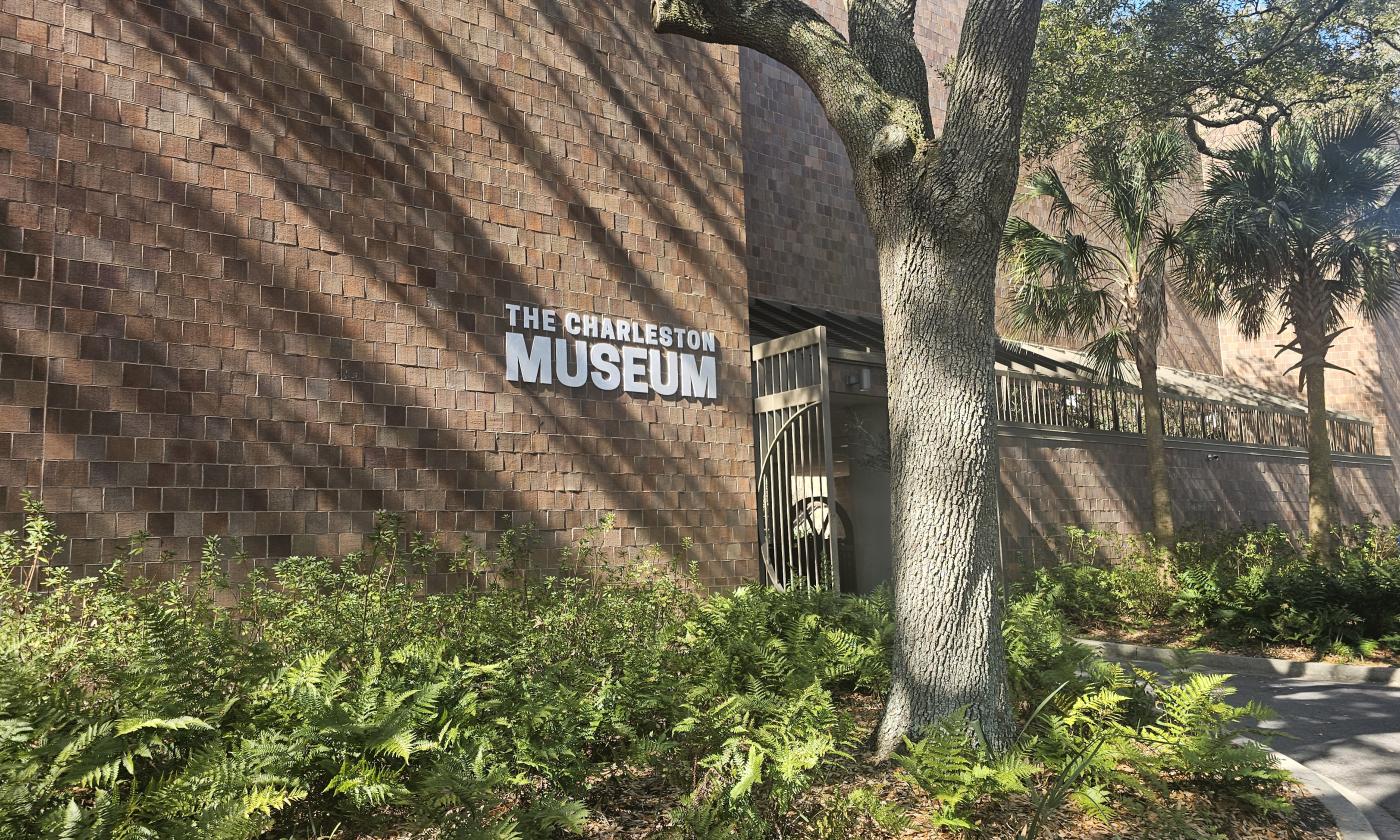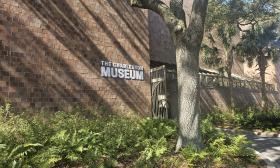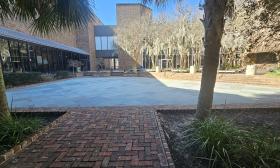
Unearthing Gullah Geechee History
Inspired by the wealth of knowledge in material culture, Charleston archaeologists explore African American history.
Unearthing Gullah Geechee History
A Recognized National Historic Area
On October 12, 2006, Congress passed the S.203 National Heritage Areas Act of 2006, formally acknowledging the historical and cultural importance of the Gullah Geechee nation. The Gullah Geechee Heritage Corridor encompasses 12,000 square miles.
Managed by the U.S. National Park Service, the Gullah Geechee Cultural Heritage Corridor's purpose is to:
Preserve, share and interpret the history, traditional cultural practices, heritage sites, and natural resources associated with Gullah Geechee people [...]
With a coastal territory spanning from Jacksonville North Carolina to Jacksonville Florida, the Corridor is the homeland of a unique creole culture whose earliest generations were enslaved in British Carolina.
St. Augustine, Florida is currently considered the southernmost region of the Heritage Corridor. (Though, some are rallying for its borders to be extended all the way to Key West.)
Charleston Archaeologists with Florida Ties
John Fisher opens by acknowledging the rich history of the Charleston Museum; "The museum started in 1773, "Fisher said."We pride ourselves on being one of the first museums in the nation. "
"I was trained in St. Augustine by Dr. Kathleen Deagan and took to urban archaeology and the study of towns, "Marth Zierden said. "And as I was working, finishing my graduate studies, I started thinking about the connection between the British colonists and the Spanish colonies and how St. Augustine and some of the surrounding colonies, Carolina and Georgia, might have interacted. "
Carolina's Plantation Economy
With people of African descent being among the first arrivals in Charleston, along with European colonists, Gullah Geechee history is intertwined with the Lowcountry's history.
Zierden and Fisher conducted a study on the cattle economy, beef products, and the people who managed free-range cattle in the swamps and low country.
"Through our collections, we look at everybody, not just the wealthy planter class. We get to look at people who found it and built Charleston, "Zierden said. "... Those of African [and] Native American descent ... helped to establish the economy here. "
Early tidal and inland rice plantations are places of interest for Zierden and Fisher. Through their archaeological digs, they find unique and rare artifacts to place on display at the museum.
When Zierden and Fisher begin with an excavation, they start with historical documents that guide them to people who are part of a specific time and place.
"Through a survey, we hone in on a narrower and narrower area until we're at a documented site, "Zierden said. "And, it's very time-consuming. Fragments are washed with water and a toothbrush and then identified and quantified before we propose interpretations. "
"We know here that enslaved women controlled the supply and demand of produce at the Charleston markets with foods from their gardens, "Zierden said. "Not because it's well documented, but because they had an economy and more control than one would think. "
The First Underground Railroad: South to St. Augustine
One significant historical event that underscores the interconnectedness of places and people is the Stono Rebellion.
"The Stono Rebellion was an uprising by enslaved people south of Charleston in 1739 that resulted in the very harsh slave codes of 1740, "Zierden said.
"Part of the reason for that uprising is that there was a lot of interplay between slavery in Spanish St. Augustine and British Charleston. Some people who came from Africa were Catholics and had converted to Catholicism from the Congo region. So St. Augustine offered amnesty to enslaved people who could run away and make it to St. Augustine and eventually built their community in Fort Mose. "
The First Legally Sanctioned Free Black Settlement in the U.S.
Located two miles north of the Castillo de San Marcos, Fort Mose (or Gracia de Real de Santa Teresa de Mose) was a settlement of African-descended Spanish citizens.
Fort Mose was the northernmost defense of the city of St. Augustine. Founded in 1738, the settlement was led by Captain Francisco Menendez, a Mandinga man who escaped British slavery by collaborating with the Indigenous Yemassee in Carolina.
Visiting the Charleston Museum
The Charleston Museum regularly updates information about its artifacts and discoveries, spanning historical objects, paleontology, and natural history.
This information is showcased on their website and through social media.
The St. Augustine Black History App
Created in collaboration between Visit St. Augustine and Florida's Historic Coast, this resource brings history to the palm of your hand. Our mission is to connect the locals and visitors of today to significant stories of St. Augustine's African American History.
It is available for free on the Apple App Store and Google Play Store: St. Agustine Black History App Download Link.
Resources
Online Sources
Charleston Museum
Official Website / Official Facebook
Fort Mose Historical Society
Official Website / Official Facebook
Further Reading
"The Stono Rebellion at a Glance, "article by Peter H. Wood & Corrie Hipp.



